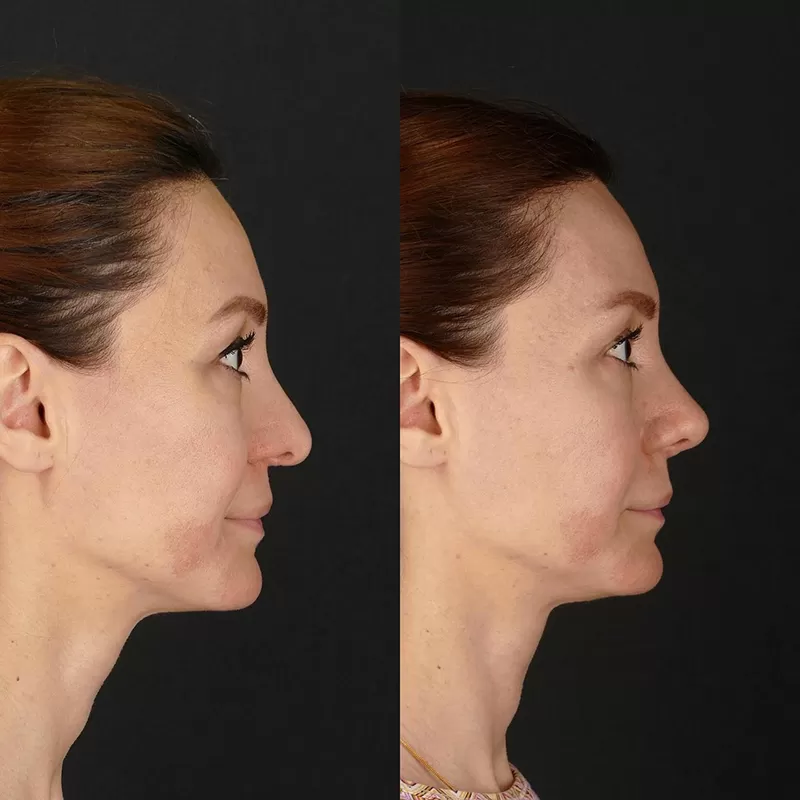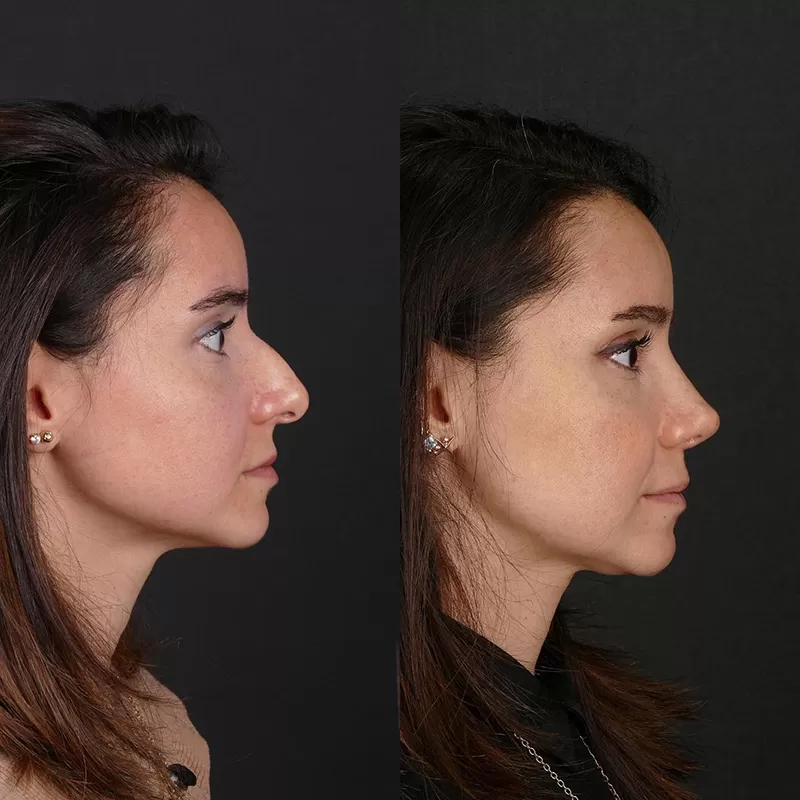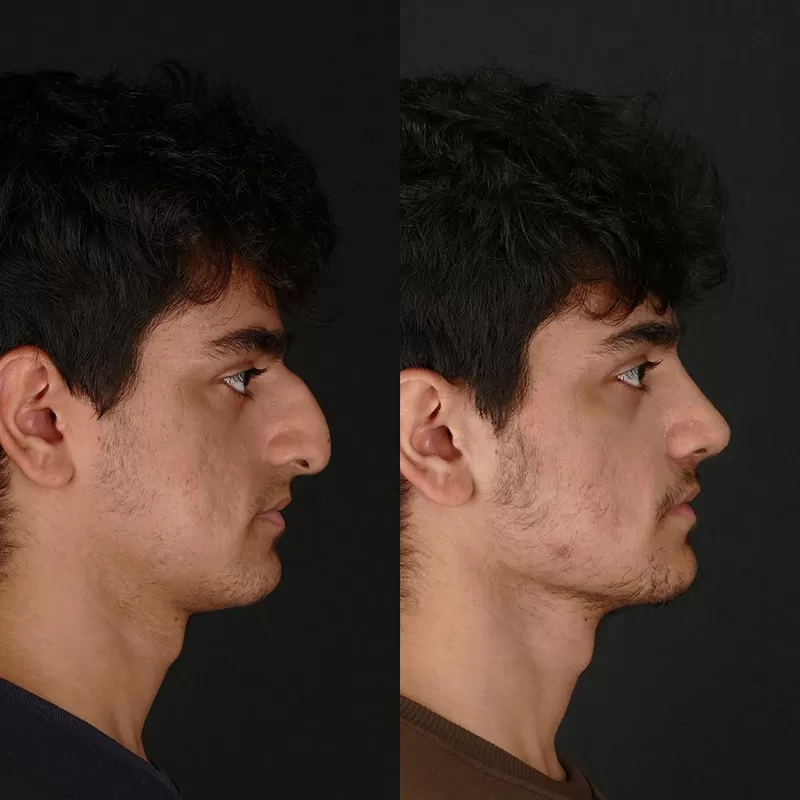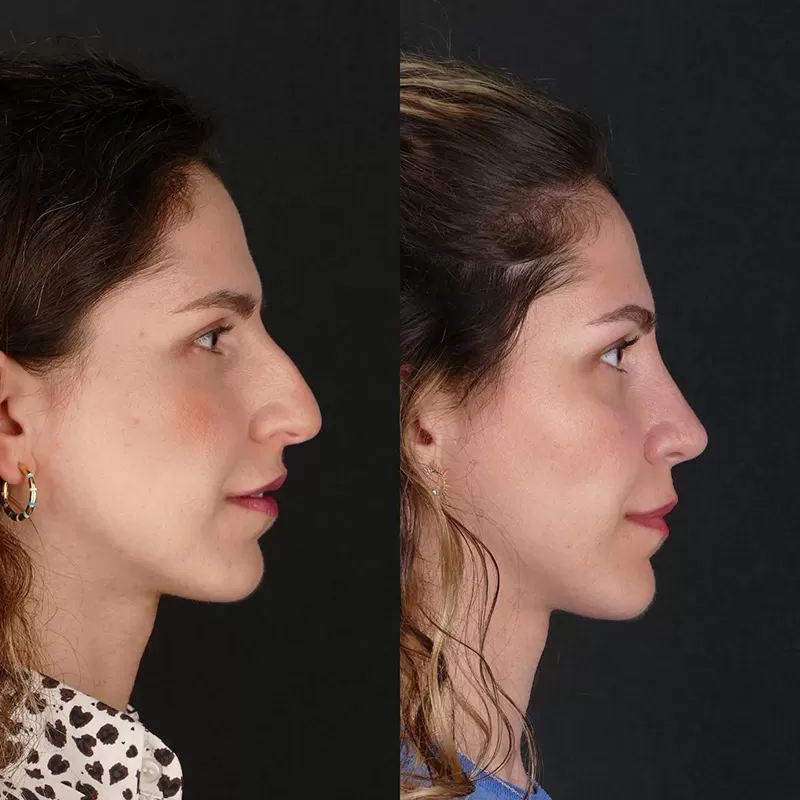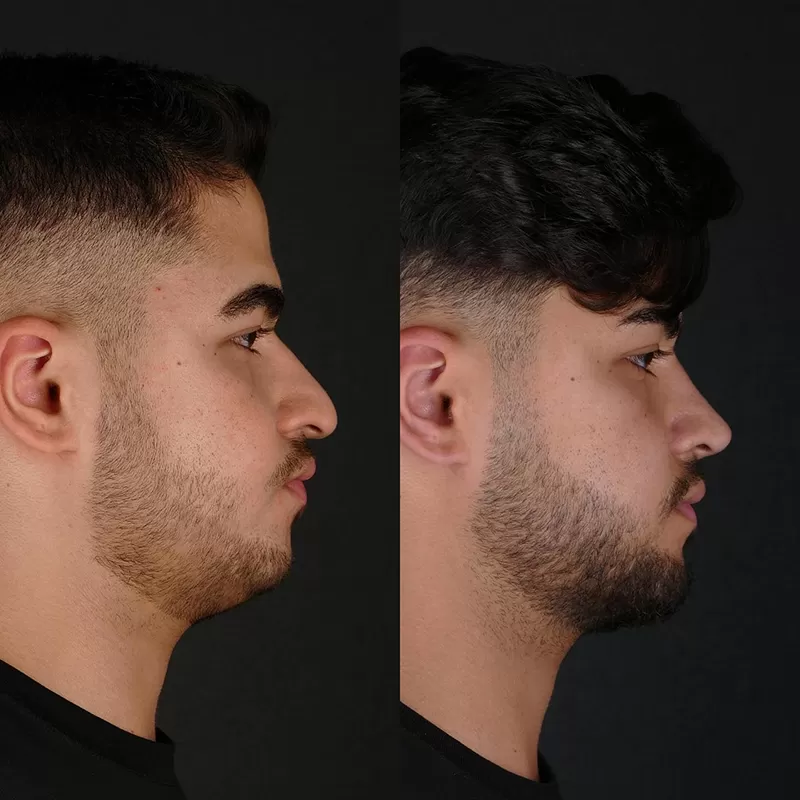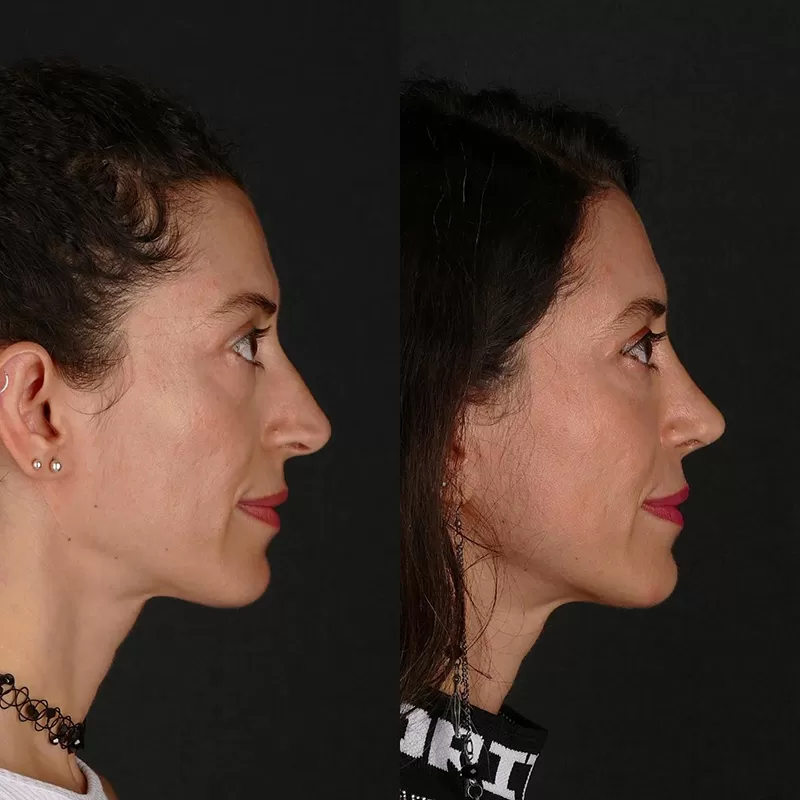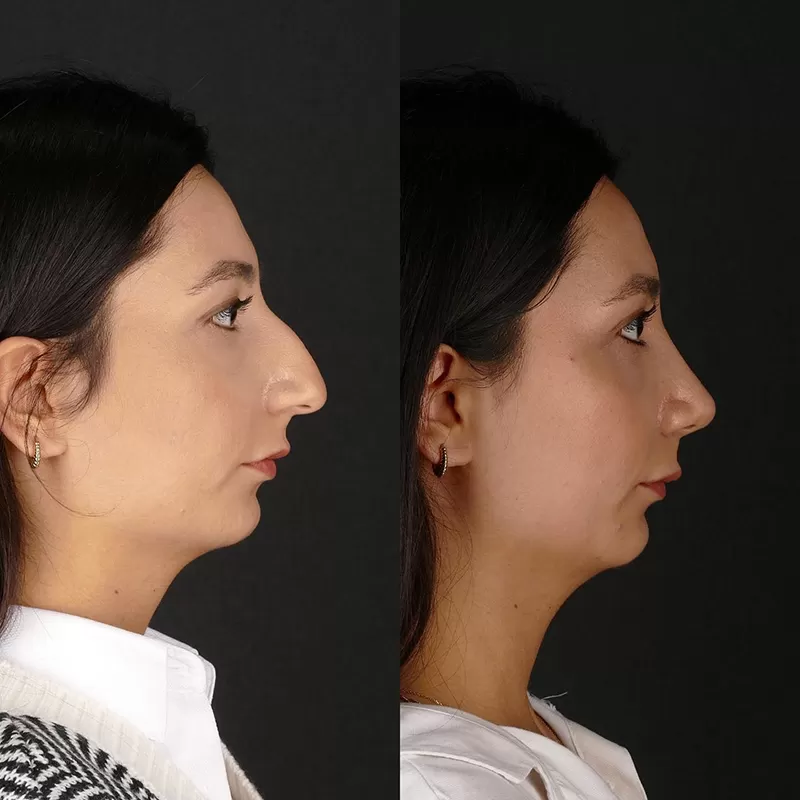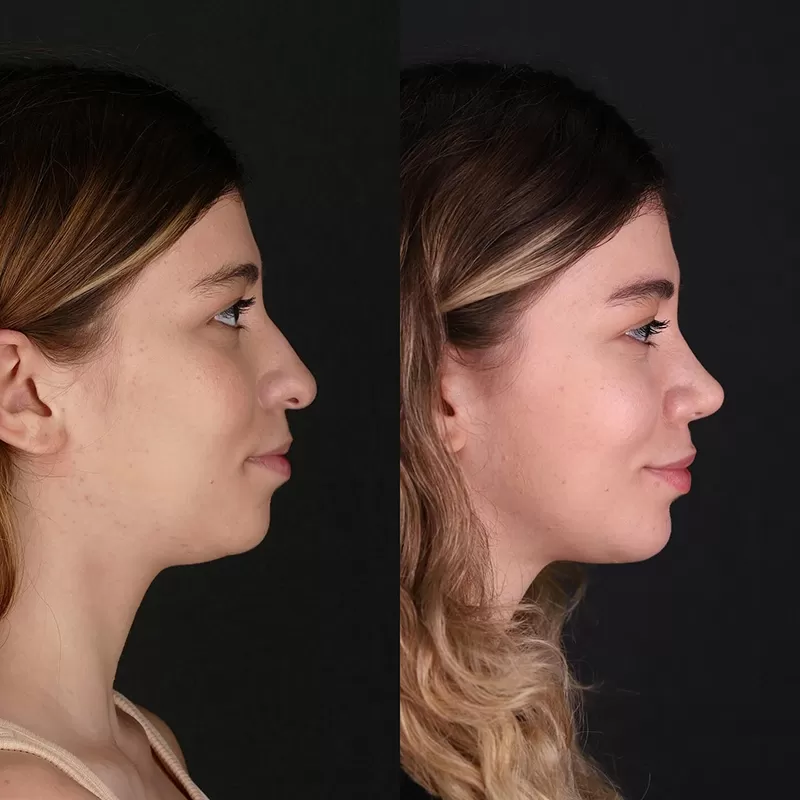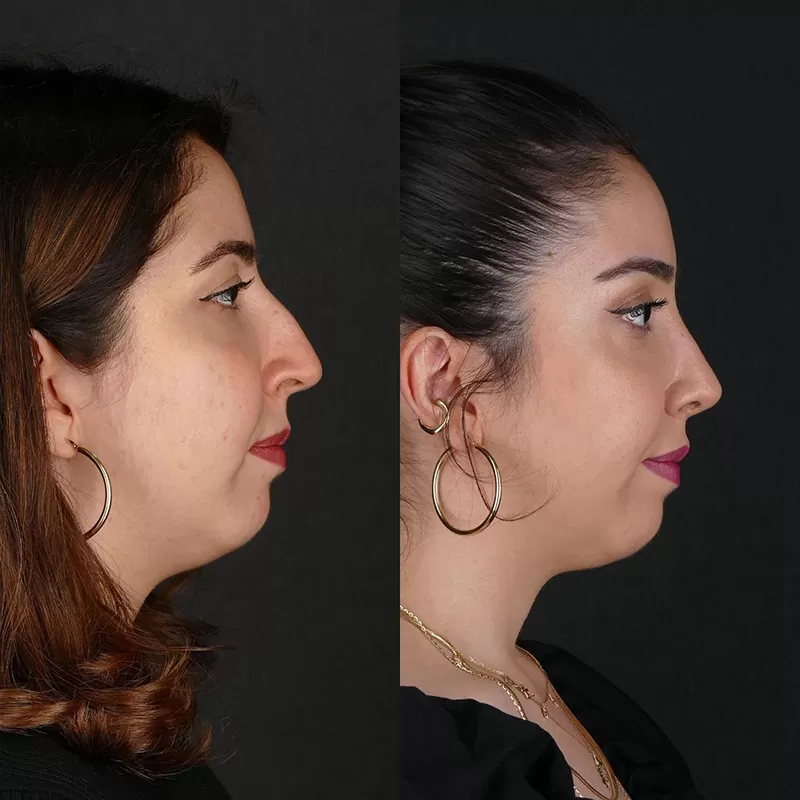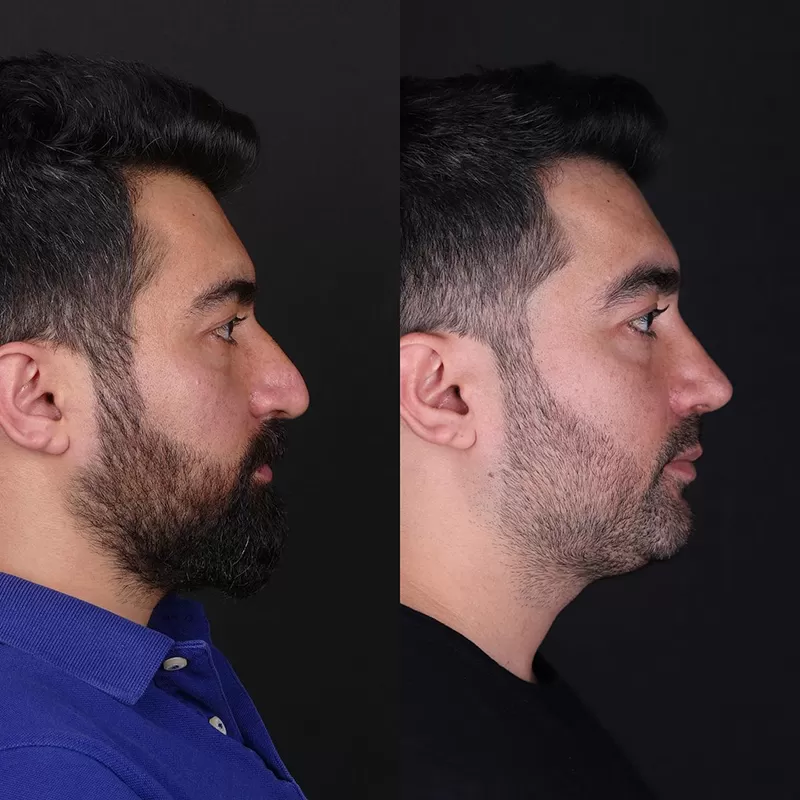Septoplasty-Nasal Cartilage Curvature Surgery
İçindekiler
ToggleSeptoplasty-Nasal Cartilage Curvature Surgery
Nasal congestion is when the air taken from the nose gets stuck in obstacles and cannot be sent to the lungs comfortably, that is, breathing is blocked in the nasal area.
This obstruction is caused by disorders in the anatomical structure of the nose such as nasal cartilage / bone curvature (deviation), nasal flesh (concha), adenoid hypertrophy / adenoid vegetation, or inflammation of these structures caused by diseases such as sinusitis, colds, flu and colds.

Comfortable breathing is vital for all organs and structures of the body, especially the brain, due to the oxygen transported. Nasal congestion or inability to breathe normally due to another reason leads to sinusitis, headache, snoring, nasal and nasal discharge, fatigue and exhaustion in the short term. In the long term , it causes sleep disorders, heart, blood pressure and lung diseases.
The middle part of the nose, which divides the nasal cavity into two as the right and left cavities, consists of cartilage in the front and bone in the back, which should normally be flat and covered with mucosa, is called the Septum or Nasal Septum.
The surgical intervention performed for curvatures in the septum for various reasons is called Septoplasty.
TREATMENT PROCESS
Septoplasty-Nasal Cartilage Curvature Surgery
1 Session
10 Days
Lifetime
30 minutes
10 Days Later
General Anesthesia
20 Days
What is Septoplasty (Septum Deviation Surgery)?
Septoplasty is a nasal cartilage and / or bone curvature and / or bone curvature, ie deviation surgery, which aims to correct the curvature of the septum (septum deviation), which usually occurs as a result of nasal trauma, consists of cartilage and bone removal or rearrangement of the cartilage structure, and does not change the shape of the nose. Septorhinoplasty is a surgical intervention that aims to correct both the curvature of the septum, bone or cartilage fracture and the deformity of the outer part of the nose and the appearance disorders such as arched structure, low nasal tip, deformation of the wings of the nose.
In addition to the septum, there is a nasal meat (concha) inside the nose that moisturises the nose and facilitates the passage of the air taken in. Swelling and growth (hypertrophy) occur in the turbinates due to different reasons, especially deviation pressure. Even if the septum is corrected, the turbinates make breathing difficult due to their distorted structure. For this reason; in most septoplasty surgeries, the turbinates are also intervened.

Why is Septoplasty (Septum Deviation Surgery) performed?
Deviated septum causes nasal congestion, and nasal congestion causes other disorders or diseases caused by the inability to breathe comfortably. However, since deviation is found at a certain level in many people, not all septum curvatures are treated. When deciding on surgery, the degree of deviation, the severity of breathing difficulties and whether these problems cause other diseases or trigger the existing disease are considered.
Especially recurrent sinusitis or pharyngitis, nosebleeds, nasal discharge, constant nasal congestion, loss of smell, chronic headache, excessive snoring caused by breathing difficulties, sleep disturbance, dry mouth, Symptoms such as throat infections are considered sufficient for septoplasty surgery.

